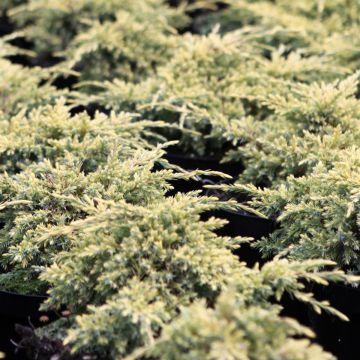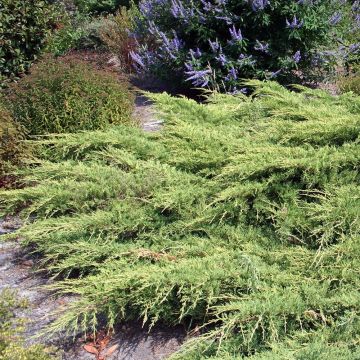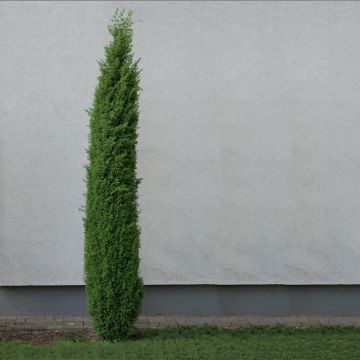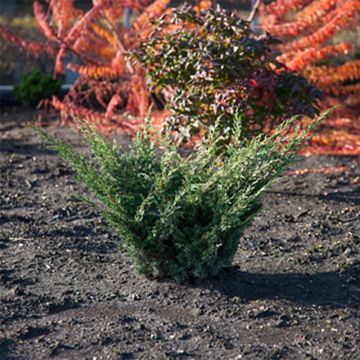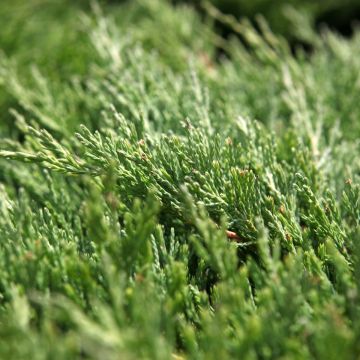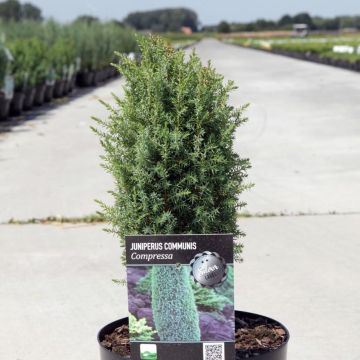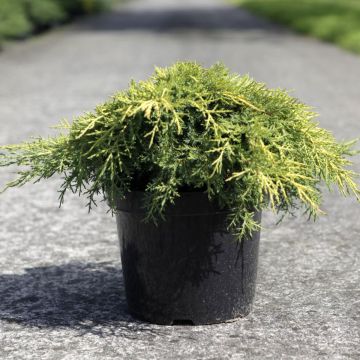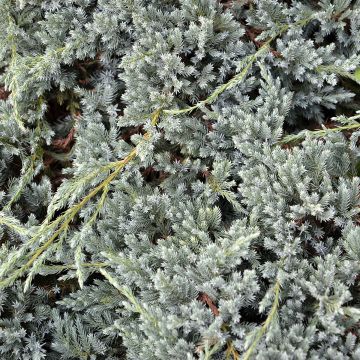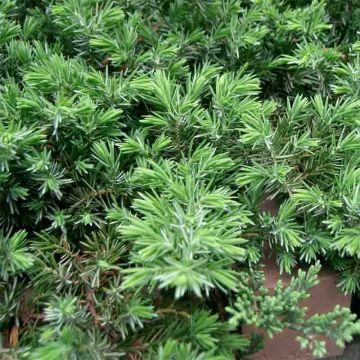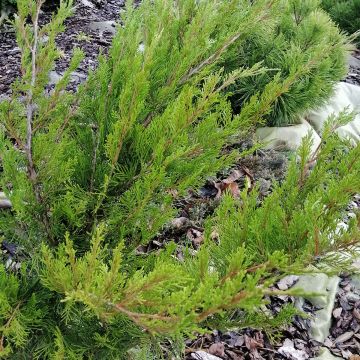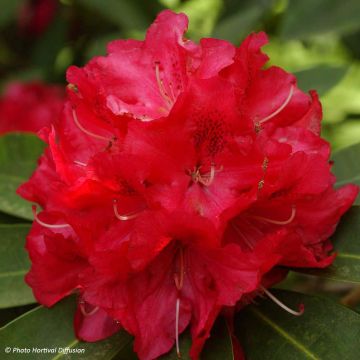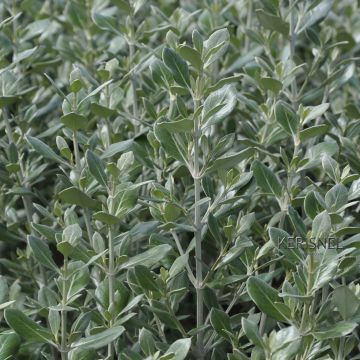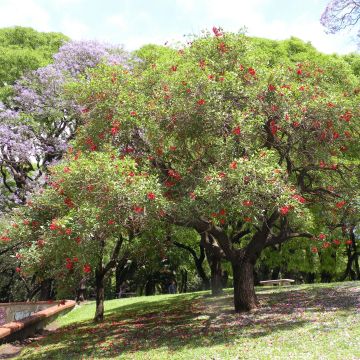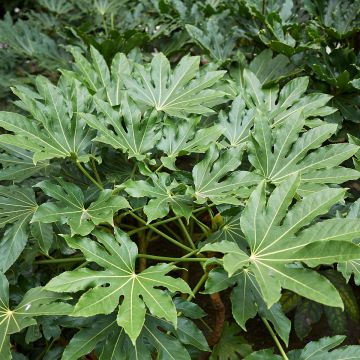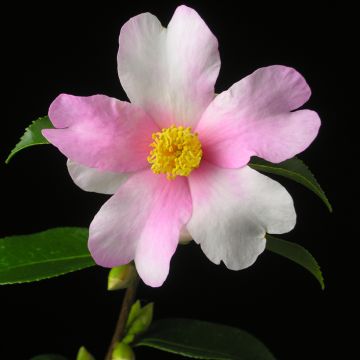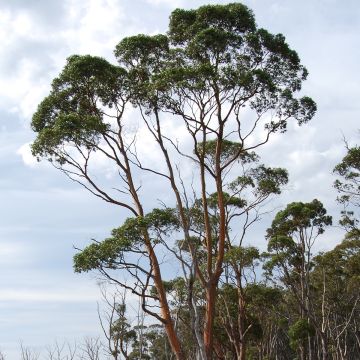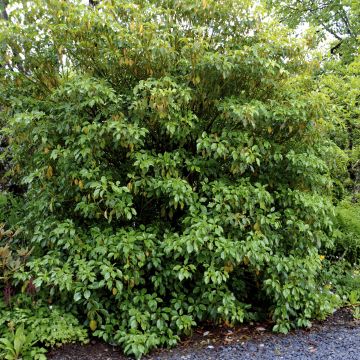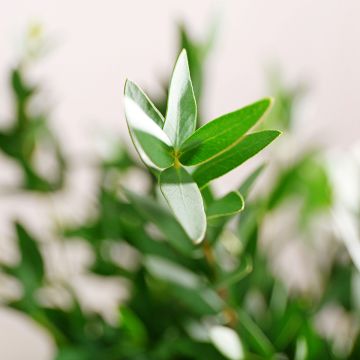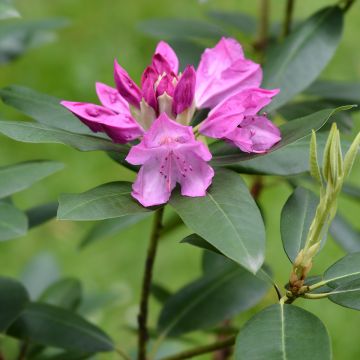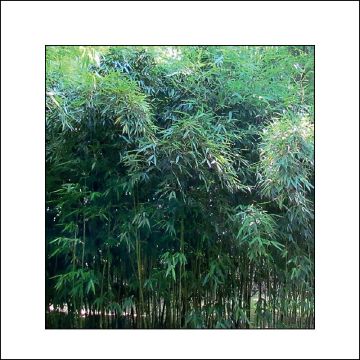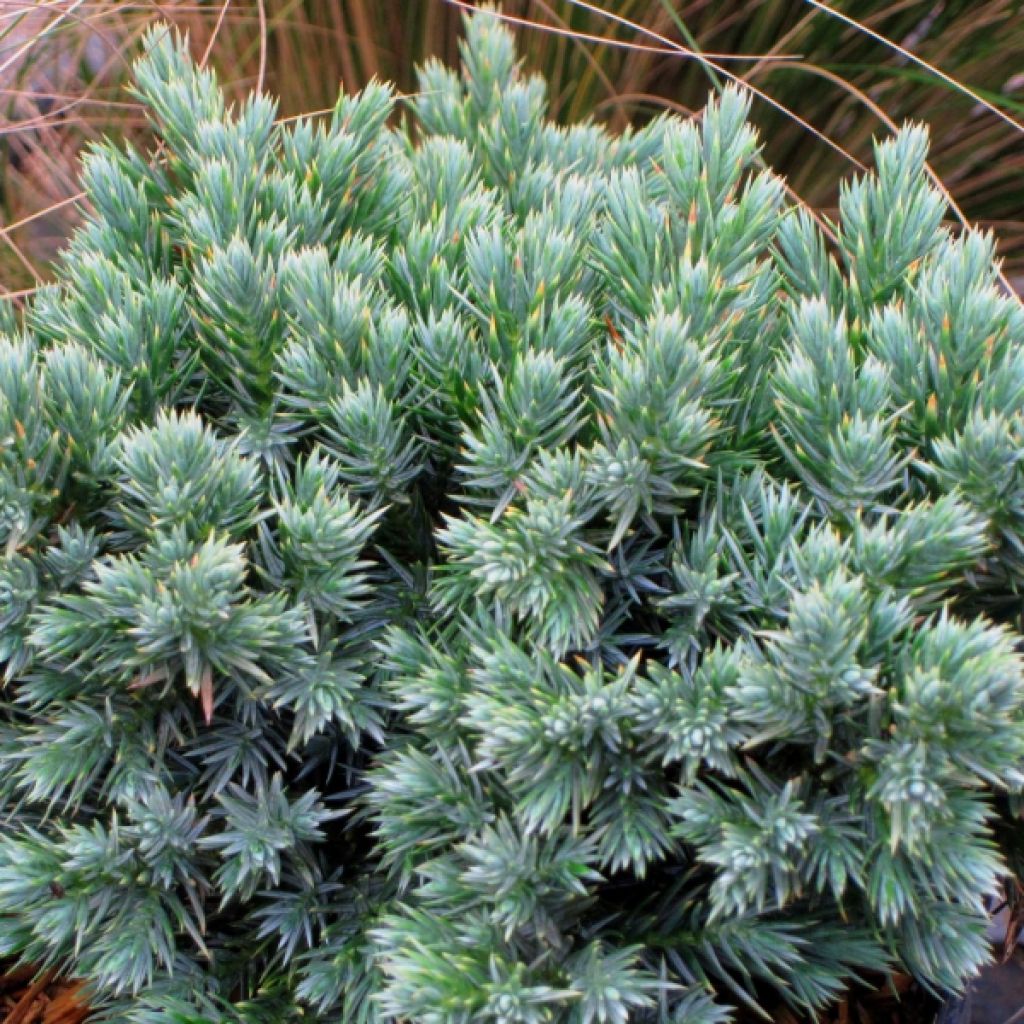

Juniperus squamata Blue Star - Scale juniper
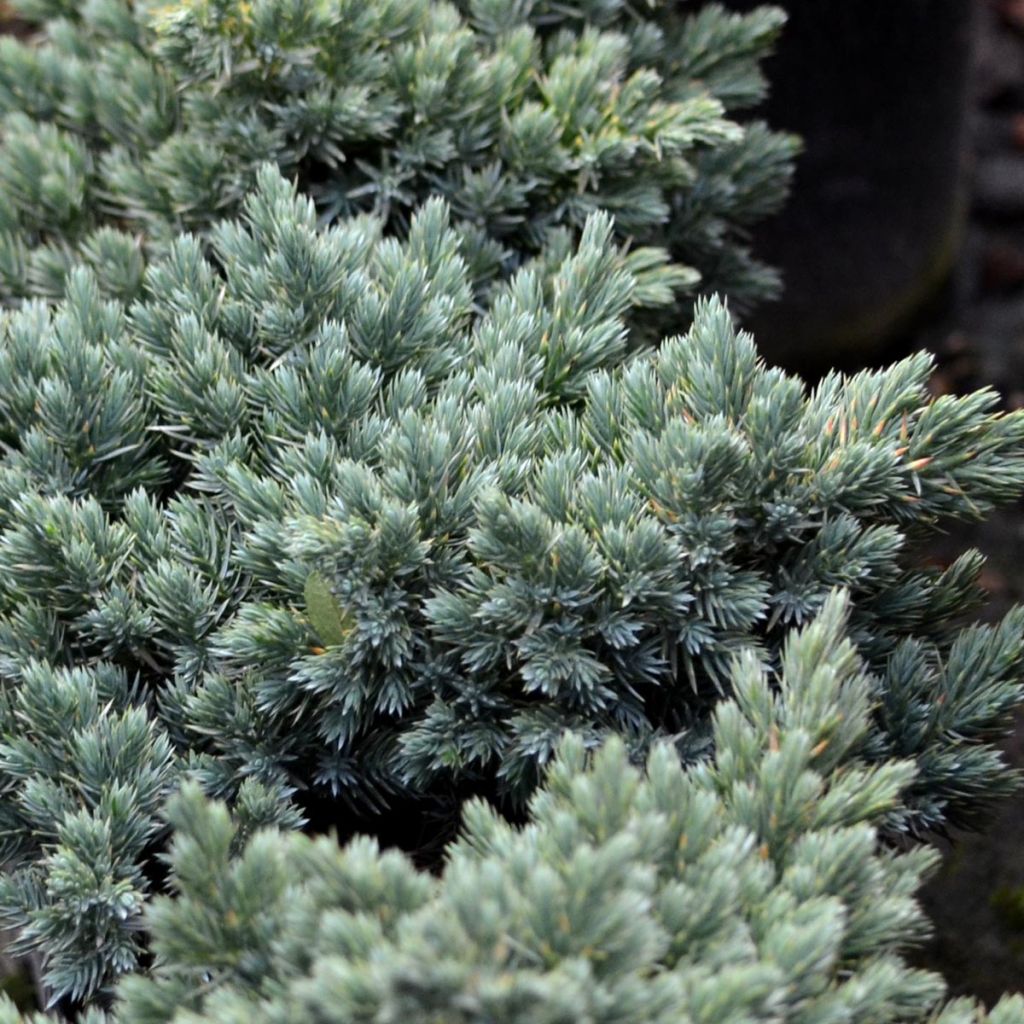

Juniperus squamata Blue Star - Scale juniper
Juniperus squamata Blue Star - Scale juniper
Juniperus squamata Blue Star
Flaky Juniper, Himalayan Juniper
This item cannot be shipped to the selected country
Delivery charge from €5.90
Delivery charge from €5.90
Delivery charge from €5.90
Delivery charge from €5.90
Delivery to Corse prohibited
More information
Schedule delivery date,
and select date in basket
This plant carries a 24 months recovery warranty
More information
We guarantee the quality of our plants for a full growing cycle, and will replace at our expense any plant that fails to recover under normal climatic and planting conditions.
From €5.90 for pickup delivery and €6.90 for home delivery
Express home delivery from €8.90.
From €5.90 for pickup delivery and €6.90 for home delivery
Express home delivery from €8.90.
From €5.90 for pickup delivery and €6.90 for home delivery
Express home delivery from €8.90.
From €5.90 for pickup delivery and €6.90 for home delivery
Express home delivery from €8.90.
Delivery to Corse prohibited: UE law prohibits the import of this plant from mainland France to Corse as part of the fight against Xylella fastidiosa. Please accept our sincere apologies.
More information

Does this plant fit my garden?
Set up your Plantfit profile →
Description
Juniperus squamata 'Blue Star' is a dwarf variety of scale-like juniper that over time forms a pretty flattened ball. Blue-silver in colour, it is decorative throughout the year. This small conifer is appealing for its density and its very bright colour, but also for its tolerance to limestone and its hardiness. It can be planted prominently in rock gardens and containers, in small groups on a slope, and at the edge of a terrace or a path. It also pairs well with other dwarf shrubs or conifers.
The scale-like juniper, also known as the Nepal Juniper, gets its name from its old needles that it keeps at the base of the branches. It is a species native to the mountains of the Himalayas and China, at an altitude between 1600 m and 4900 m (5249 ft to 16076.1 ft). Therefore, it is a highly hardy conifer (down to -25° C (-13° F)) and not very demanding. It belongs to the Cupressaceae family, just like its cousins Thuja, Cypress, or Chamaecyparis. Not picky about the substrate, this juniper even accepts poor, neutral to calcareous soil, provided it is well-drained, as it does not like excess water in winter. Once well-rooted, it can withstand occasional drought, but dislikes hot climates. Junipers have a shallow root system, which sometimes makes them difficult to grow with perennials.
This 'Blue Star' variety is a natural mutation of the cultivar 'Meyeri' selected in the Netherlands by Gebr. Hoogeveen in 1950. After 10 years, this small conifer forms a very dense small bush, with a broad and spreading ball habit, measuring approximately 60 cm (23.6 in) in height with a spread of 1 m (3.3 ft), depending on the growing conditions. Its branches are adorned with short spines of a beautiful green-blue-silver colour. They bear needle-shaped leaves and imbricate scales when mature. This juniper does not produce berries.
Juniperus squamata 'Blue Star' juniper can be planted above a wall or below a wall, or near a swimming pool, as it blends well with geometric lines and masonry work. It is also excellent as a slope cover or in a large rock garden, provided it can be watered in the early years. Don't hesitate to mix it with other dwarf conifers, and vary the shapes and colours for a beautiful contrast. In a contemporary garden, its spreading habit will work wonders alongside columnar plants such as the fastigiate common yew or the Juniperus Blue Arrow, for example.
Report an error about the product description
Juniperus squamata Blue Star - Scale juniper in pictures
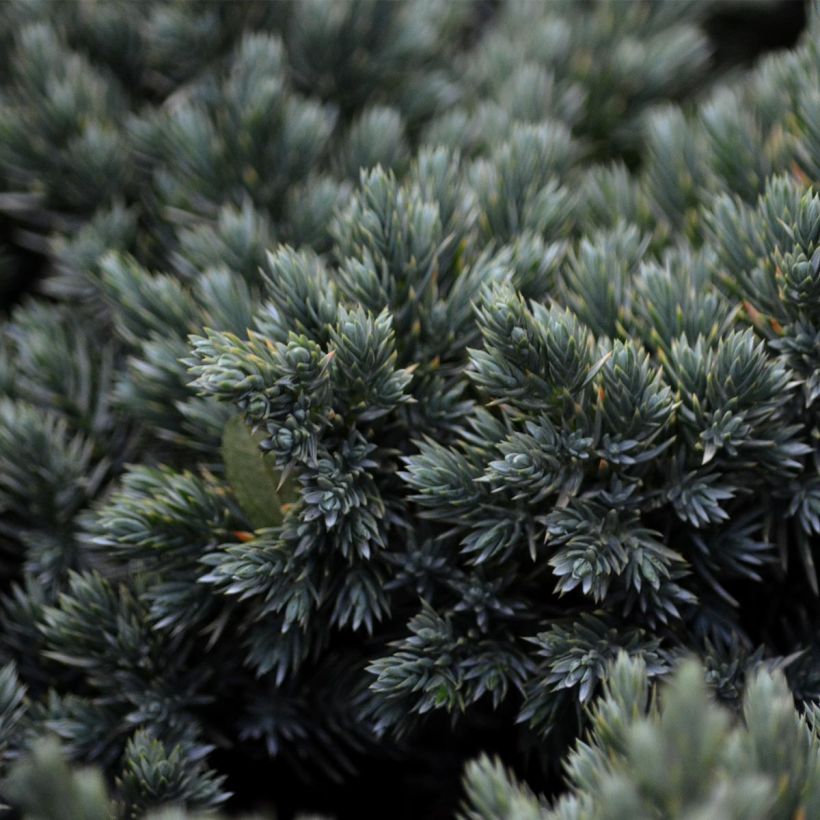

Plant habit
Foliage
Safety measures
Botanical data
Juniperus
squamata
Blue Star
Cupressaceae
Flaky Juniper, Himalayan Juniper
Cultivar or hybrid
atteinterespiratoire
Cette plante peut entraîner des symptômes allergiques.
Evitez de la planter si vous ou vos proches souffrez de rhinite saisonnière ("rhume des foins").
Davantage d'informations sur https://plantes-risque.info
Other Juniperus - Juniper
Planting and care
Plant Juniperus squamata 'Blue Star' from September to November in well-drained, poor, even limestone soil, in a very sunny spot. If your soil is too heavy, a little trick is to plant your bush on a mound and mulch it with gravel. This technique is often used to acclimate mountain plants in very humid gardens. Water regularly during the first two years, then let nature take its course. This juniper is a water-saving plant, but it withers in very hot and dry regions in summer. Pruning is not necessary, but can be undertaken to limit its size.
Planting period
Intended location
Care
-
, onOrder confirmed
Reply from on Promesse de fleurs
Evergreen shrubs
Haven't found what you were looking for?
Hardiness is the lowest winter temperature a plant can endure without suffering serious damage or even dying. However, hardiness is affected by location (a sheltered area, such as a patio), protection (winter cover) and soil type (hardiness is improved by well-drained soil).

Photo Sharing Terms & Conditions
In order to encourage gardeners to interact and share their experiences, Promesse de fleurs offers various media enabling content to be uploaded onto its Site - in particular via the ‘Photo sharing’ module.
The User agrees to refrain from:
- Posting any content that is illegal, prejudicial, insulting, racist, inciteful to hatred, revisionist, contrary to public decency, that infringes on privacy or on the privacy rights of third parties, in particular the publicity rights of persons and goods, intellectual property rights, or the right to privacy.
- Submitting content on behalf of a third party;
- Impersonate the identity of a third party and/or publish any personal information about a third party;
In general, the User undertakes to refrain from any unethical behaviour.
All Content (in particular text, comments, files, images, photos, videos, creative works, etc.), which may be subject to property or intellectual property rights, image or other private rights, shall remain the property of the User, subject to the limited rights granted by the terms of the licence granted by Promesse de fleurs as stated below. Users are at liberty to publish or not to publish such Content on the Site, notably via the ‘Photo Sharing’ facility, and accept that this Content shall be made public and freely accessible, notably on the Internet.
Users further acknowledge, undertake to have ,and guarantee that they hold all necessary rights and permissions to publish such material on the Site, in particular with regard to the legislation in force pertaining to any privacy, property, intellectual property, image, or contractual rights, or rights of any other nature. By publishing such Content on the Site, Users acknowledge accepting full liability as publishers of the Content within the meaning of the law, and grant Promesse de fleurs, free of charge, an inclusive, worldwide licence for the said Content for the entire duration of its publication, including all reproduction, representation, up/downloading, displaying, performing, transmission, and storage rights.
Users also grant permission for their name to be linked to the Content and accept that this link may not always be made available.
By engaging in posting material, Users consent to their Content becoming automatically accessible on the Internet, in particular on other sites and/or blogs and/or web pages of the Promesse de fleurs site, including in particular social pages and the Promesse de fleurs catalogue.
Users may secure the removal of entrusted content free of charge by issuing a simple request via our contact form.
The flowering period indicated on our website applies to countries and regions located in USDA zone 8 (France, the United Kingdom, Ireland, the Netherlands, etc.)
It will vary according to where you live:
- In zones 9 to 10 (Italy, Spain, Greece, etc.), flowering will occur about 2 to 4 weeks earlier.
- In zones 6 to 7 (Germany, Poland, Slovenia, and lower mountainous regions), flowering will be delayed by 2 to 3 weeks.
- In zone 5 (Central Europe, Scandinavia), blooming will be delayed by 3 to 5 weeks.
In temperate climates, pruning of spring-flowering shrubs (forsythia, spireas, etc.) should be done just after flowering.
Pruning of summer-flowering shrubs (Indian Lilac, Perovskia, etc.) can be done in winter or spring.
In cold regions as well as with frost-sensitive plants, avoid pruning too early when severe frosts may still occur.
The planting period indicated on our website applies to countries and regions located in USDA zone 8 (France, United Kingdom, Ireland, Netherlands).
It will vary according to where you live:
- In Mediterranean zones (Marseille, Madrid, Milan, etc.), autumn and winter are the best planting periods.
- In continental zones (Strasbourg, Munich, Vienna, etc.), delay planting by 2 to 3 weeks in spring and bring it forward by 2 to 4 weeks in autumn.
- In mountainous regions (the Alps, Pyrenees, Carpathians, etc.), it is best to plant in late spring (May-June) or late summer (August-September).
The harvesting period indicated on our website applies to countries and regions in USDA zone 8 (France, England, Ireland, the Netherlands).
In colder areas (Scandinavia, Poland, Austria...) fruit and vegetable harvests are likely to be delayed by 3-4 weeks.
In warmer areas (Italy, Spain, Greece, etc.), harvesting will probably take place earlier, depending on weather conditions.
The sowing periods indicated on our website apply to countries and regions within USDA Zone 8 (France, UK, Ireland, Netherlands).
In colder areas (Scandinavia, Poland, Austria...), delay any outdoor sowing by 3-4 weeks, or sow under glass.
In warmer climes (Italy, Spain, Greece, etc.), bring outdoor sowing forward by a few weeks.

































